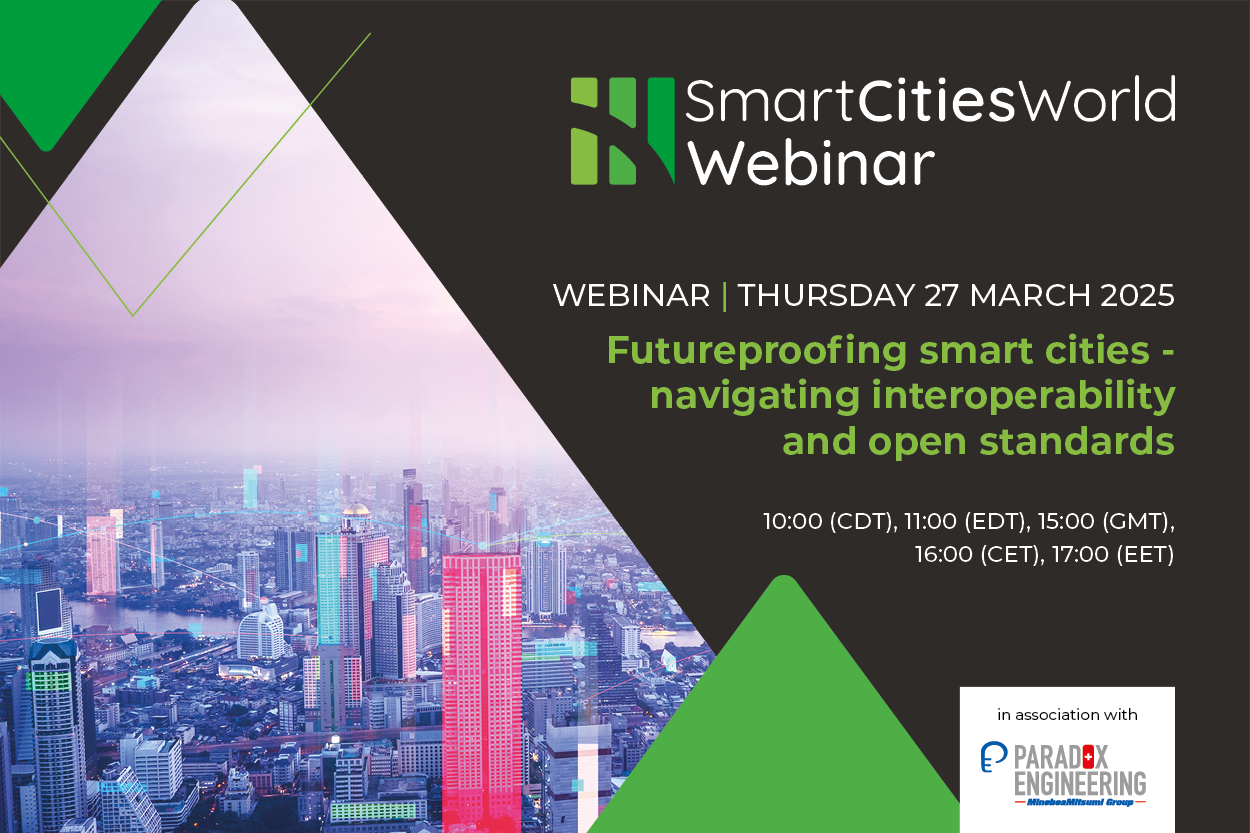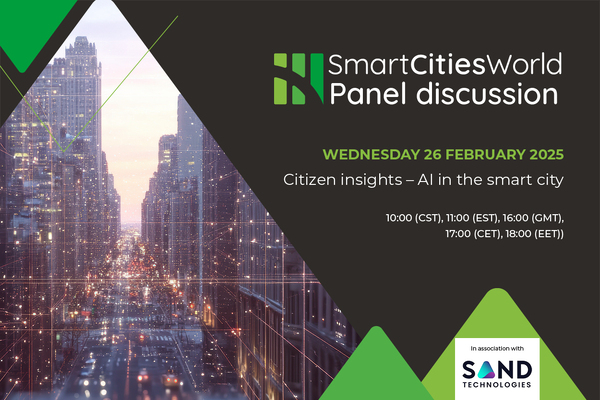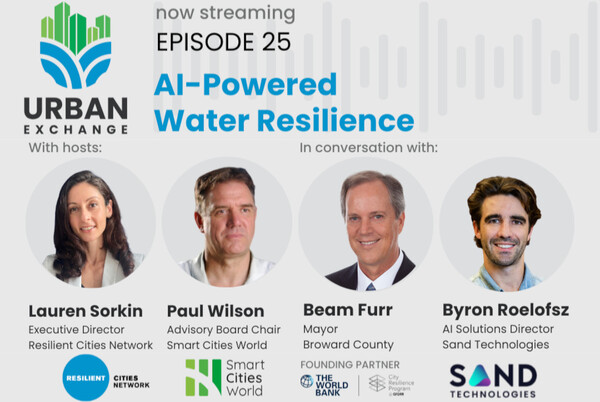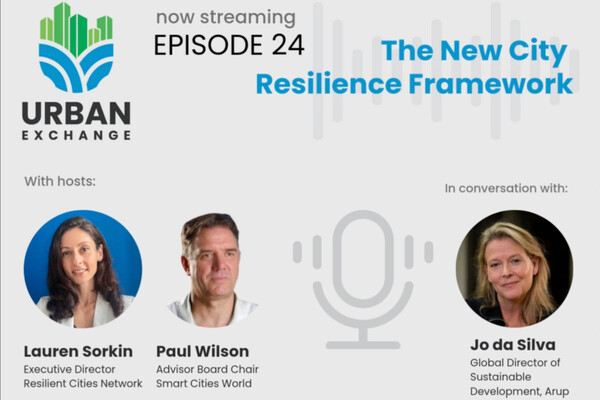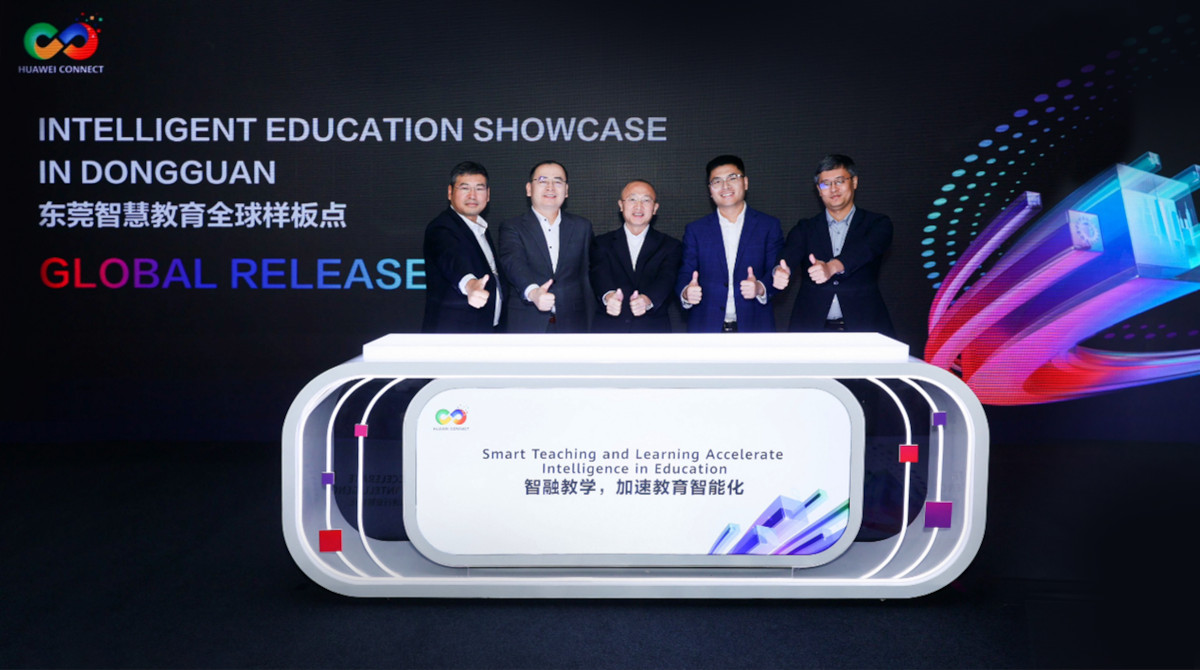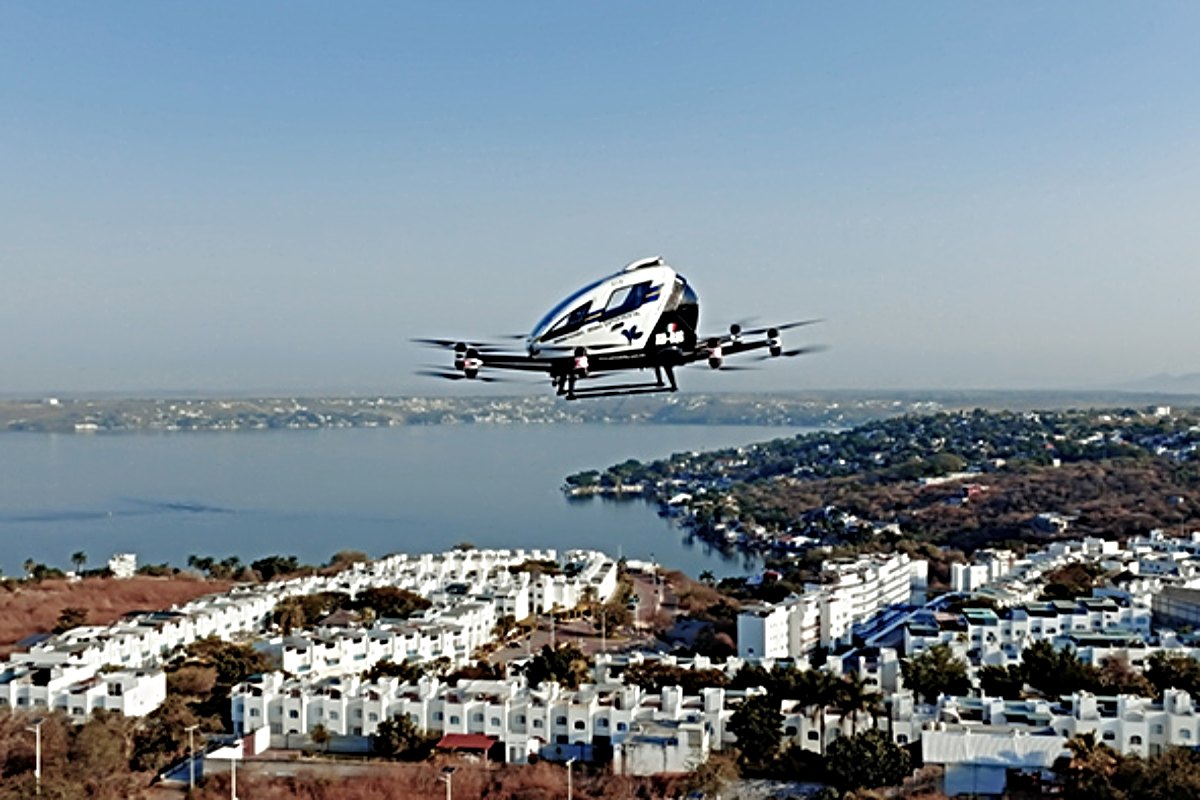Special Reports
SusHi Tech Tokyo 2024: experience ‘Tokyo 2050’ todaySponsored by The SusHi Tech Tokyo 2024 Showcase Program Executive Committee
Smarter education: accelerating digital innovation in learning
SmartCitiesWorld takes a look at how intelligent education is helping create a world where technology seamlessly integrates with traditional teaching methods.
Education is the cornerstone of any nation’s performance and economic development. It’s unsurprising then that, in this fast-evolving digital age, countries around the globe are exploring opportunities to transform their education sectors by connecting learners and academic researchers into the latest facilities, resources and knowledge technologically.
But this requires a well-established infrastructure and advanced digital capabilities that can help bring together and provides access to the latest technologies, data, and applications and services. It also demands a supportive and cohesive approach to promoting and delivering digital education by the whole spectrum of education sector stakeholders (including learners/the public).
To maximise reach and potential, digital education ideally needs to be oriented to multiple applications and scenarios, too. Ultimately, it’s by bringing together the latest knowledge and the best teaching, research, governance, and services at multiple levels that countries and indeed wider geographical regions can drive more intelligent education for their populations – and deliver that knowledge and learning efficiently, effectively and fairly.
Creating and empowering communities
Delivering smarter education calls for cooperation between governments, schools, enterprises, and indeed the public so that intelligent, digital education can develop smoothly and sustainably. That’s because the experience and feedback of teachers and students could enlighten government policies, practices of colleges and universities, and enterprise products and services that are vital to building a sustainable digital education community that thrives.
Beyond its advanced solutions in education, such as networking, intelligent management of unprecedented computing power, and targeted applications, Huawei has been instrumental in establishing the education industry’s first Digital Education Community. The goal here has been to establish an intelligent hub that keeps up with the demands of the education industry, allowing teaching and research environments and devices to be widely connected – while striving for a consensus on digital education to accelerate digital transformation across all education and research sectors.
It’s through partnership that Huawei has been able to do its most important work, for example in helping basic education go digital via Huawei’s smart campus solution and the regional education cloud platform, with the Education Bureau of Dongguan, an industrial city in China’s Pearl River Delta. Huawei demonstrated this Global Intelligent Education Showcase – an example of what’s possible for other cities – at HUAWEI CONNECT 2023 in Shanghai in September.
Democratising access to better education
Digital transformation of education help keeps learning fresh and current, and allows the smallest institutions in the most remote areas to access the same high-quality resources and benefit from level chances to learn.
As the global talent crisis deepens affecting a number of industries meanwhile, intelligently connected education can be a great way to disseminate knowledge and learning to address and target emerging skills gaps. This includes a gap in digital skills, which are fundamental if nations and their populations are to take full advantage of intelligent, connected education. Recognising this, the EU has rolled out a “Digital Education Action Plan”, to foster a digital education ecosystem and enhance digital skills across its member states.
And it’s why Huawei has actively partnered with a range of stakeholders around the world, including governments, schools, enterprises, and society more broadly, to eliminate digital barriers and narrow the digital gap – so that technology access is no barrier to ongoing learning.
Technologically, digitally-optimised education relies on a whole spectrum of integrated capabilities, and Huawei is paving the way for those connections with an extensive portfolio of Intelligent Education Solutions. That’s along with the digitalisation of services and management to enable comprehensive, fluid, multi-layered collaboration across and between diverse network connections, hubs and applications.
Today, Huawei offers a plethora of Intelligent Education solutions, from a smart, high-quality 10Gbps campus network which is extremely efficient to run, to a broad spectrum of smart classroom solutions that can be tailored to different scenarios, and a powerful, scalable scientific research platform hosted as a cloud-based service.
Huawei’s Smart Classroom solution integrates ICT seamlessly into the teaching environment, giving every classroom digital capabilities to support educators in delivering interactive, enquiry-based learning. The solution can be scaled from basic applications, to advanced and premium, with each adding new core components such as digital blackboards, a hybrid learning platform, and group discussion software. The solution offers multimedia teaching and learning from anywhere, with high performance Wi-Fi 7 to establish campus networks that offer uninterrupted roaming.
The solution is at the heart of Ningxia University’s 300 smart future-oriented classrooms. These classrooms have helped build an integrated learning environment that enables interconnected teaching, more efficient group teaching support, and the dynamic sharing of personalised learning resources, all through the solution’s teaching cloud platform. The solution is leading to an evolution and reform of teaching model, where educators can take a hybrid approach to teaching online, in class and after class. Educators at Ningxia now have the ability to issues tasks ahead of lessons online to enable self-learning by students, building on this in classroom by teaching and guiding through interaction and exploration, and setting online homework for after class while still being able to guide and incentivise students to expand their knowledge beyond the lesson.
Through audio and video suites, and the data collected by integrating teaching and learning resources through the cloud, three different angles are supported during course recording: the large screen, teacher’s view, or the panoramic view of the classroom. In this way, teachers can check the class situation after class, and students can watch the class in a more intuitive way during replay. Intelligent algorithms can help identify the exact time where the knowledge point is explained, and students can directly click on it to jump to that part. After the class, students can revisit the parts that they have trouble understanding. Subtitles can be generated for the course content, and students can click on the subtitle to jump to the corresponding video clip, improving learning efficiency.
Ningxia’s teachers are also able to use the Smart Classroom solution to evaluate and reflect on lessons. Through video playback, educators can see how students are responding to the lessons at certain points to see how their focus changes, identify issues in classroom teaching, and analyse the class attendance rate through seamless attendance. There are algorithms that can help detect whether students are sitting in a normal posture or looking down, lying face down on the desk, standing up, or studying their materials. Through such posture analysis, teachers can obtain a graph on students’ attentiveness, and improve teaching methods and environments based on these findings.
Alliances help accelerate education’s advancement
Showcase applications of Huawei’s Intelligent Education offerings include a pioneering digital education community practice – iHarbour, an Intelligent Education Town in Shaanxi – set up in partnership with the Ministry of Education, Shaanxi Province, and Xi’an Jiaotong University.
The iHarbour combines campus, town, industrial campus and community. By integrating technologies, services, and industries, the Intelligent Education Town caters to the needs of production, education, and research and is expected to serve as an example of higher education reform and urbanisation across China. Huawei’s smart campus, which underpins the ecosystem, features cloud-network integration and multi-network convergence to apply various services and applications widely.
Demonstrated at HUAWEI CONNECT 2023, the Intelligent Education Showcase of Dongguan is another example of integrating ICTs in intelligent education, including "one centre and two platforms", new education infrastructure, network security, and smart campus. These achievements cover an array of scenarios like data and service management, online learning, and digital teaching, and culminate to be a milestone in Dongguan’s education development. Driven by technologies and data, Dongguan has created a basic education big data center and two online platforms (Guanjiaotong for service management and Guanyixue for student learning) in compliance with high standards. The established data center and platforms have fostered the high-quality development of regional intelligent education by facilitating intensive city-wide digital campus construction, enabling precise decision-making, refined management, personalised services, and digital teaching, and innovating teaching approaches and models.
Construction of next-generation digital education ecosystems is only the first step in enabling step changes in the way education is delivered and research advanced, however. More substantial transformation depends on much more – the integration of educational data and content resources, for instance, as well as the conception of new services and more intuitive experiences.
The future of intelligent education envisions a world where technology seamlessly integrates with traditional teaching methods to create a dynamic and inclusive learning environment. This future is built upon the foundation of strong digital infrastructure and advanced capabilities that facilitate global access to the latest knowledge and resources. By fostering collaboration among governments, schools, enterprises, and the public, education becomes a cooperative effort, where feedback from teachers and students drives policy and service improvements. Huawei’s Digital Education Community and Intelligent Education Solutions exemplify this vision by connecting learners and educators, democratising access to quality education, and addressing emerging skills gaps through a wide range of technologies. This collaborative approach not only narrows digital gaps but also fosters a culture of continuous learning, ultimately transforming the way education is delivered and research is advanced in an increasingly interconnected world.
